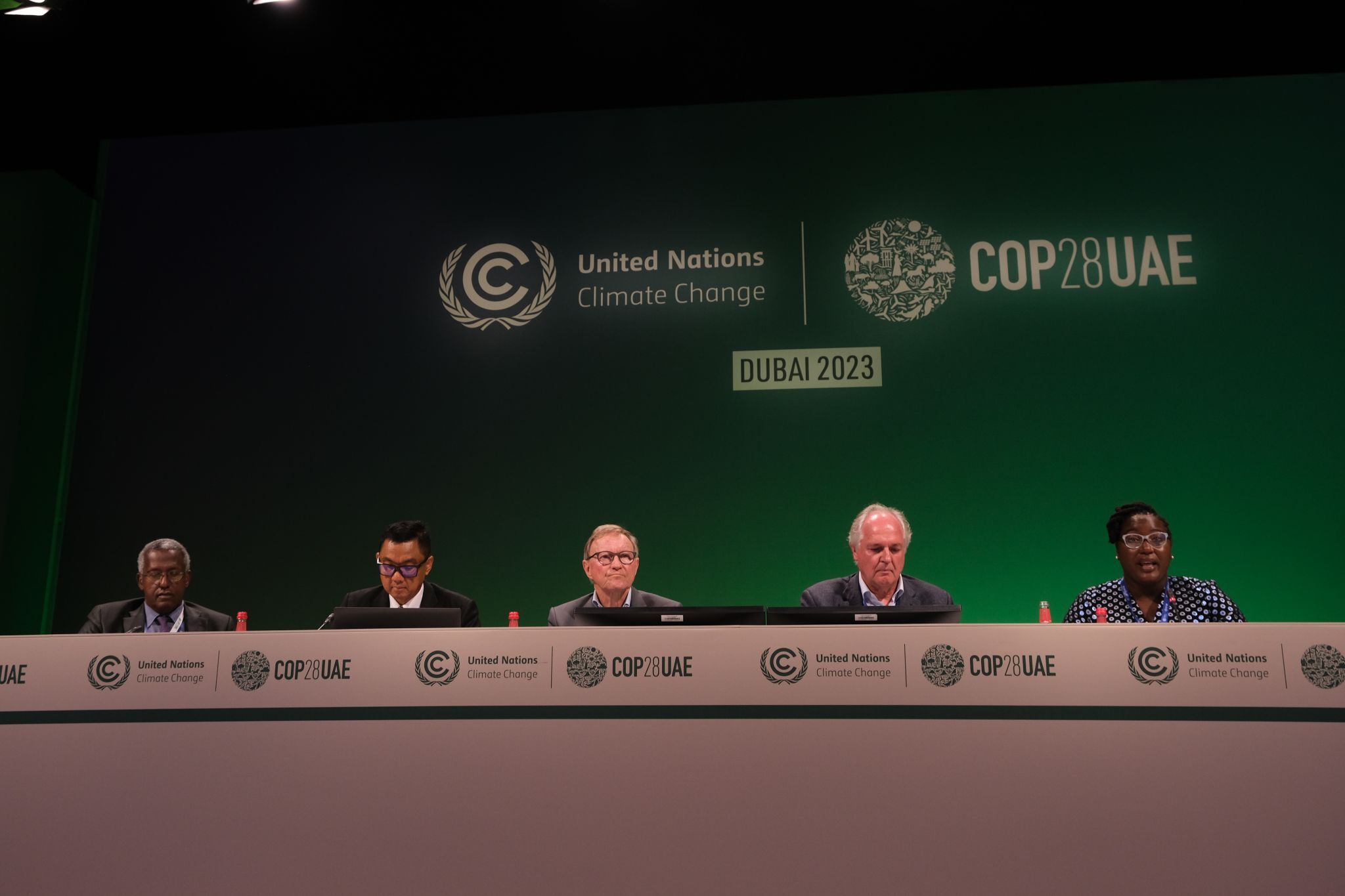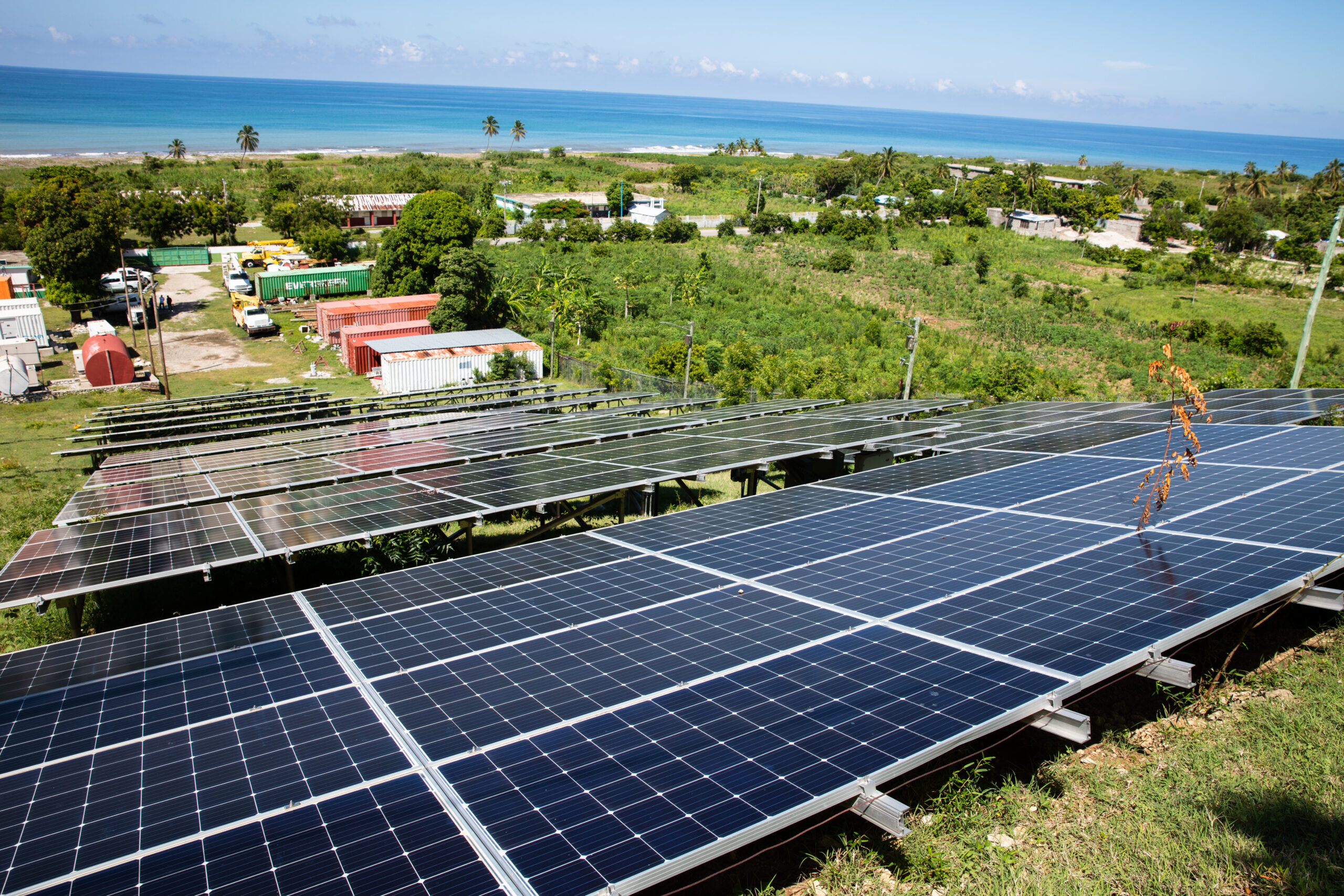
Solar to Power Up Myanmar’s Agricultural Economy
Around 70% of Myanmar’s 56 million residents have basic access to grid-electricity. But the grid is extremely unreliable and every factory that depends on electricity needs diesel backup generators. These backup systems are expensive, polluting, and unwieldy to operate.
The national electric grid depends heavily on hydropower stations that underproduce during the four-month dry season. Even when those generators operate at full capacity, they cannot fully address demand in the country’s commercial center of Yangon. Despite Myanmar’s current recession, and the grid’s focus on Yangon, the city still has an estimated electricity generation shortfall of some 200 MW. In smaller cities and rural areas, the power shortages are far worse.
Agriculture is the backbone of Myanmar’s economy, but productivity is low relative to neighboring countries.
Rice accounts for about a third of agricultural output, with much of the value coming from milling the grain. Rice processing is energy intensive, and Myanmar’s mills are old and inefficient, resulting in low yields, poor quality, disappointing financial returns, lack of investment, and economic stagnation for rural communities.
The same dynamic is holding back growth in rubber, aquaculture, and other agricultural industries. Myanmar has excellent conditions for rubber production and is the world’s sixth largest producer, but productivity per hectare is roughly half that of neighbors like Thailand and Malaysia.

While natural latex from trees is generally of similar quality regardless of processing, processed rubber is not. Without modern electric-powered machinery, Myanmar produces lower quality rubber that fetches lower market prices.
Aquaculture has great potential for Myanmar’s economy. It is labor-intensive, requiring four times more person-hours per cultivated acre than traditional agriculture, and with wages 27% higher than traditional farming.
To increase revenue, Myanmar fish farmers need to produce more fish, produce higher-value species, and process fish into products like filets. This requires pumping, water treatment, aeration, and cold storage. All these activities require electricity, and investment in needed equipment is not economical without reliable and affordable power.
Myanmar requires a shift to distributed electrification to accelerate its agricultural development and support critical value chains, particularly in rural areas that lie more than 10km from the national grid. This need is particularly acute in 2022, given reduced grid reliability and increased costs for diesel.
2030 Targets

Jobs improved and another 160,000 impacted livelihoods

Carbon avoided by 2030
Drawing in part on lessons learned from its sister organization in India, Smart Power Myanmar (SPM) is now working with the Alliance and USAID-funded private sector partners to bring off-grid solar power to rural enterprises that can immediately use electricity to expand output, improve quality, create/sustain jobs, and reduce reliance on polluting diesel generation.
SPM and Alliance partners are working to de-risk lending for solar systems and providing technical assistance to help design and source solar systems. With this combination of technical support and blended finance, small-scale commercial solar for agriculture and aquaculture value-chain businesses in Myanmar can be developed with local capital and local engineering.
With increased availability of high-quality, reliable, and zero-marginal-cost electricity, Myanmar’s agricultural sector stands to improve output and wages while also cutting the carbon emissions associated with diesel power. Rice milling, aquaculture, rubber processing, cold storage, oil seeds, tea processing, horticulture and more all offer enormous opportunities for growth. Everything depends on electricity.
GEAPP expects that by 2030, SPM will have deployed some 300 solar systems with a generation capacity of about 109 MW of electricity.

The economic development powered by this solar will directly improve some 13,000 jobs and positively impact another 160,000 livelihoods.
Because this energy is from a renewable source, it will reduce emissions by 326,000 tons of CO2 equivalent by 2030. Over the lives of these systems, they will reduce CO2 emissions by 2.5 million tons, which is equivalent to all the emissions produced in a year by over 300,000 typical EU residents.





